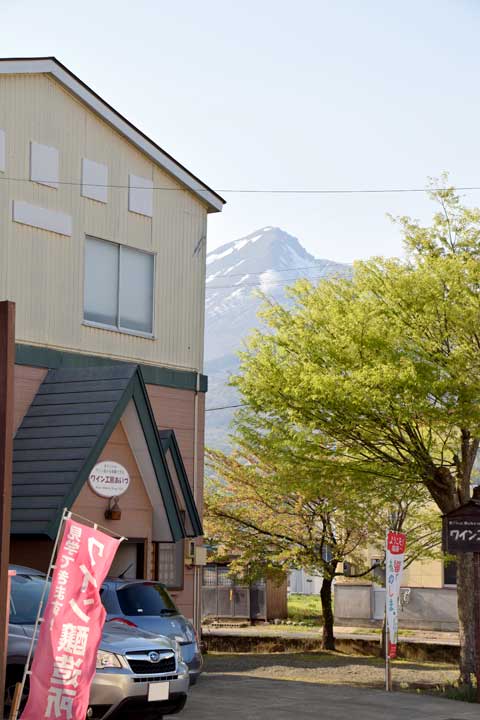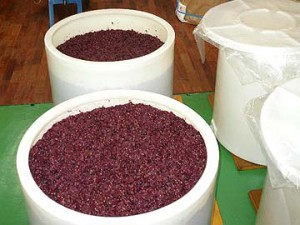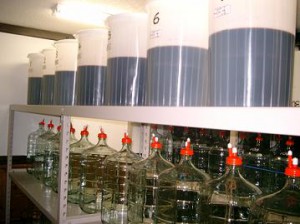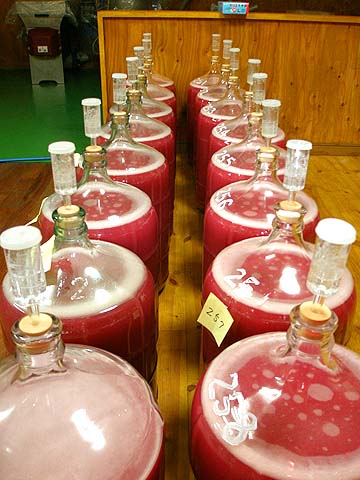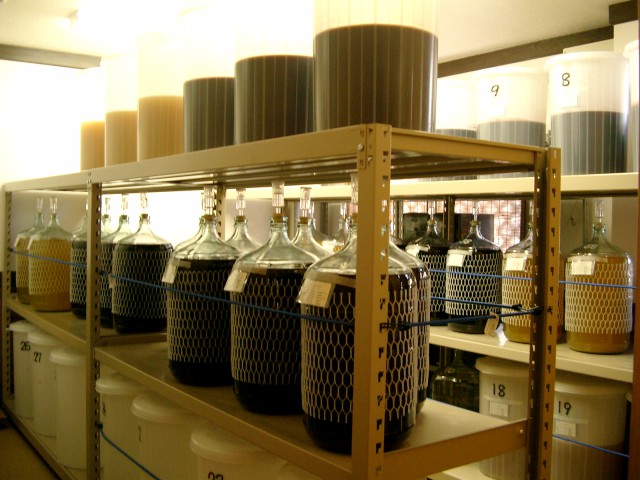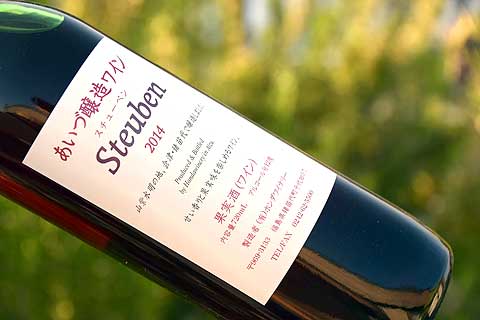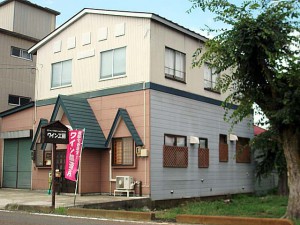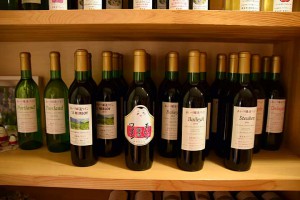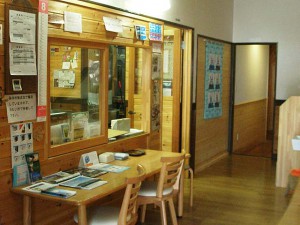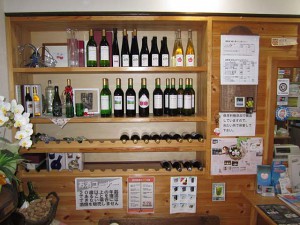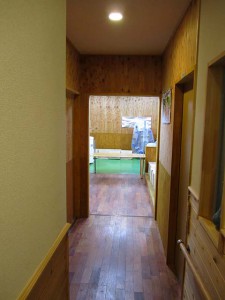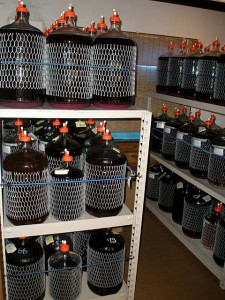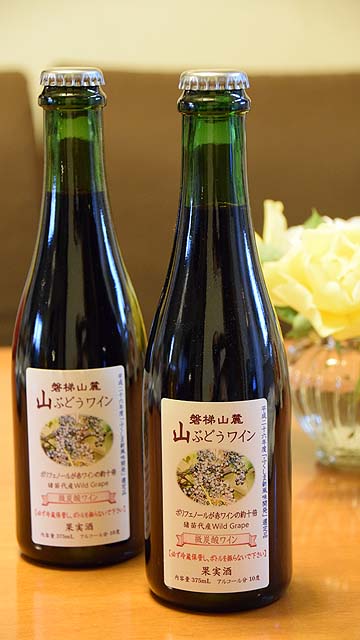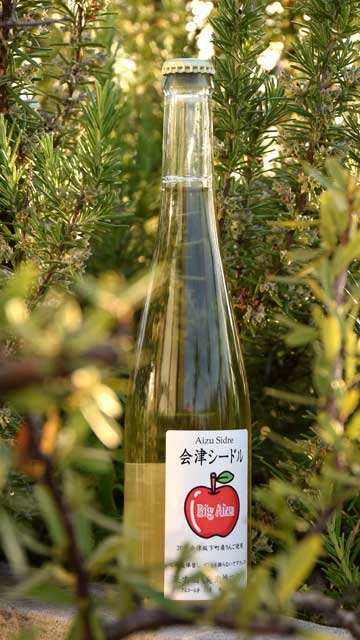Welcome !
Welcome to Wine making shop Aizu).
We ferment wine using glass barrels of mainly 23L , and mature the wine using the same glass barrels. Therefore it’s making the pure wine by fruit. No other ingredient contain.
Such wine brewery is very few in Japan. But, there are many similar breweries in Canada, the United States, New Zealand, Australia, United Kingdom, Iceland, and Korea.
Upon opening the brewery ,the concentrated juice was imported as a raw material , but recently we are getting the grapes and apples from farm in Aizu, Bandai-atami, Inawashiro and Yamagata mainly. It is brewed in Aizu using local-grown fruit . There is no other wine like it in Aizu.
We also “entrust brew”, so if you would like to have your fruit made into wine, please make a reservation in the early autumn.
Customers may make their own labels and even enjoy the bottling experience. For weddings, birthdays, and various memorial events, a special label can be custom-ordered.
A tour in the studio, tasting and sales are being performed at any time, so we are waiting for everybody’s visits and questions.
Thank you.
Wine making shop Aizu.CO.,LTD.
Address : 3-7 Aza Chiyoda Ooaza Chiyoda Inawashiro_Town Fukushima Pref. 969-3133
Location : About 5-min. walk from Inawashiro JR Station.
: About 5 min. by car from Inawashiro_Bandai_Kougen I.C.
Tel/Fax : 0242-62-5500
e-mail : WineKobo@showakako.co.jp
Business Hours : 10:00AM – 6:00PM ( Except Winter Season )
Regular Holiday : Monday and nonregular close
Process
A Brief Outline of the Wine-Making Process
Ingredients
At the “Wine Kobo”, domestic grapes are used.
In the Autumn, local farmers bring a lot of grapes. It takes about 1kg of grapes to make 720mL of wine.
The grapes are put into a machine that destems and crushes the grapes. In the case of red wine, the seeds and skins are not removed since they are important for the fermentation process.
Primary Fermentation
The must(grape juice, skin and seeds) are transferred to a 500 litre tank. It stays in the tank to ferment for about 1 week, depending on the type of grape and the ambient temperature.
Secondary Fermentation
The must is then pressed to remove most of the skin and seeds and pumped into 23 litre glass containers for the second fermentation.
The glass vessels are capped with an air lock that prevents oxygen from entering the vessel but because the cap also contains water the gas(CO2) is able to escape.
The fermentation is complete when the natural sugar found in the fruit has been transformed. About 55% of the sugar turns into alcohol and about 45% becomes carbon dioxide(CO2).
The aging of the wine begins when the sugar has gone from the wine.
Sometimes the wine is transferred to another vessel to remove the dregs. After 3 or more months of aging the wine is ready to be bottled and enjoyed.
Temperature
During the whole precess, the temperature is very important and must be controlled carefully.
Tasting Wine
Before tasting wine, make sure the wine is at the correct temperature.Red wine should be tasted at room temperature and white wine slightly chilled.
Sight
Look at the wine through the side of the glass. A wine that is clear and shows some sparkle is good sign.
Smell
You may smell many different aromas: fruity, flowery, herbal or grassy scent. Also the wine may smell earthy or like a wooden barrel.
Taste
Take a little sip and let the wine circulate around your mouth.
- A “balanced” wine has the basic flavour components in good proportion.
- Our taste buds detect sweet, sour, salty and bitter.
- A “harmonious” wine has all of its flavours integrated. Not one flavour sticks out too much.
- A “complex” wine has many different flavours and seems to change even as you’re tasting it.
- A “complete” wine is balanced, harmonious, complex and has lingering satisfying finish.

